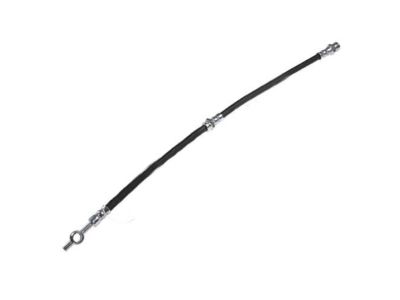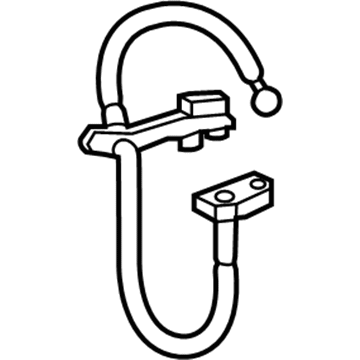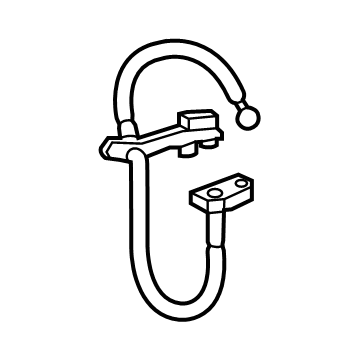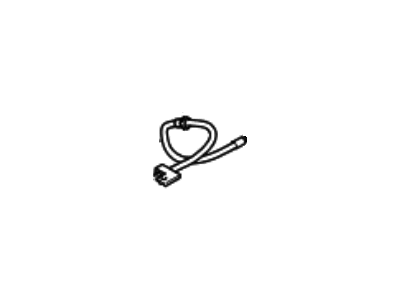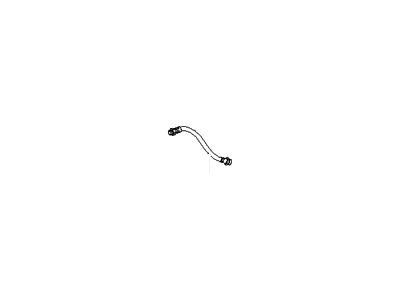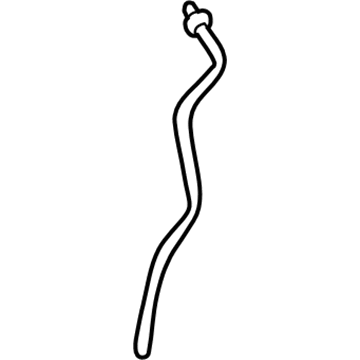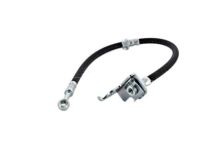×
- Live Chat
- 1-888-788-8214


My Garage
My Account
Cart
Genuine Hyundai Santa Fe Brake Line
Brake Hose- Select Vehicle by Model
- Select Vehicle by VIN
Select Vehicle by Model
orMake
Model
Year
Select Vehicle by VIN
For the most accurate results, select vehicle by your VIN (Vehicle Identification Number).
25 Brake Lines found
Hyundai Santa Fe Hose Assembly-Rear,LH
Part Number: 58812-26251$35.56 MSRP: $49.53You Save: $13.97 (29%)Ships in 1-3 Business DaysHyundai Santa Fe Hose Assembly-Rear,RH
Part Number: 58812-26050$73.60 MSRP: $101.03You Save: $27.43 (28%)Ships in 1-3 Business DaysHyundai Santa Fe Hose-Brake Front,RH
Part Number: 58732-2B010$62.98 MSRP: $88.48You Save: $25.50 (29%)Ships in 1-3 Business DaysHyundai Santa Fe Hose Assembly-Rear,LH
Part Number: 58812-26150$71.91 MSRP: $101.03You Save: $29.12 (29%)Ships in 1-3 Business DaysHyundai Santa Fe Hose-Brake Front,LH
Part Number: 58811-26000$96.36 MSRP: $135.39You Save: $39.03 (29%)Ships in 1-3 Business DaysHyundai Santa Fe Hose-Brake Front,LH
Part Number: 58731-2W000$101.89 MSRP: $143.15You Save: $41.26 (29%)Ships in 1-3 Business DaysHyundai Santa Fe Hose Assembly-Rear,RH
Part Number: 58812-26351$35.56 MSRP: $49.53You Save: $13.97 (29%)Ships in 1-3 Business DaysHyundai Santa Fe Hose-Brake Rear,LH
Part Number: 58737-2W000$59.14 MSRP: $83.10You Save: $23.96 (29%)Ships in 1-3 Business DaysHyundai Santa Fe Hose-Brake Front,LH
Part Number: 58731-2B010$62.98 MSRP: $88.48You Save: $25.50 (29%)Ships in 1-3 Business DaysHyundai Santa Fe Hose-Brake Front,RH
Part Number: 58732-2W000$101.94 MSRP: $143.23You Save: $41.29 (29%)Ships in 1-3 Business DaysHyundai Santa Fe Hose-Brake Front,RH
Part Number: 58732-S1000$73.67 MSRP: $103.50You Save: $29.83 (29%)Ships in 1-3 Business DaysHyundai Santa Fe Hose Assembly-Rear,RH
Part Number: 58812-26000$30.00 MSRP: $40.66You Save: $10.66 (27%)Ships in 1-3 Business DaysHyundai Santa Fe Hose Assembly-Rear,LH
Part Number: 58812-26100$29.19 MSRP: $40.66You Save: $11.47 (29%)Ships in 1-3 Business DaysHyundai Santa Fe Hose-Brake Front,LH
Part Number: 58731-2B000$64.46 MSRP: $88.48You Save: $24.02 (28%)Ships in 1-3 Business DaysHyundai Santa Fe Hose Assembly-Rear,RH
Part Number: 58812-26350$68.03 MSRP: $95.58You Save: $27.55 (29%)Ships in 1-3 Business DaysHyundai Santa Fe Hose Assembly-Rear,LH
Part Number: 58812-26250$73.60 MSRP: $101.03You Save: $27.43 (28%)Ships in 1-3 Business DaysHyundai Santa Fe Hose-Brake Front,LH
Part Number: 58731-S1000$73.61 MSRP: $103.42You Save: $29.81 (29%)Ships in 1-3 Business DaysHyundai Santa Fe Hose-Brake Front,LH
Part Number: 58731-S1010$73.61 MSRP: $103.42You Save: $29.81 (29%)Ships in 1-3 Business DaysHyundai Santa Fe Hose-Brake Front,RH
Part Number: 58732-S1010$73.67 MSRP: $103.50You Save: $29.83 (29%)Ships in 1-3 Business DaysHyundai Santa Fe Hose-Brake Front,LH
Part Number: 58731-0W000$64.46 MSRP: $88.48You Save: $24.02 (28%)Ships in 1-3 Business Days
| Page 1 of 2 |Next >
1-20 of 25 Results
Hyundai Santa Fe Brake Line
If you are looking for affordable high-quality OEM Hyundai Santa Fe Brake Line, then you have come to the prime place. Our website provides a large amount of genuine Hyundai Santa Fe Brake Line at unbeatable prices. All our parts come backed with the manufacturer's warranty.
Hyundai Santa Fe Brake Line Parts Questions & Experts Answers
- Q: How to inspect and replace brake hoses and lines on Hyundai Santa Fe?A: Every six months or about every 6000 miles, with the vehicle jacked and properly supported on jackstands, check the rubber flexible steel brake hose connecting the hard lines to the front and rear brake assemblies as these are an important part of the brake system; and examine the flexible rubber hose for crack, wear, abrasion, swell or blisters. It's also advisable to use a light and arguably a mirror when checking, besides changing any hose that appears to be worn out. To replace the front brake hose, the wheel lug nuts shall be loosened and the vehicle shall be raised and the wheel has to be removed. Loosen the brake line fitting on the hose with the flare-nut wrench, so as not to round off the corners; unscrew the U-clip from the female fitting at the bracket and move the hose through it. At the caliper end, unbolt the banjo-fitting bolt, and then split the hose, ensuring replacing the two copper sealing washers on reapair. As for the outlet of the hose, separate it from the strut bracket, while to secure a new hose, incorporate the caliper fitting end through the strut bracket, screw it to the caliper via a banjo bolt together with new sealing washers, ensure the locating lug is engaged to the washer, and then tighten the bolt to the initially set torque. Insert the metal support into the strut bracket, whilst doing so, fit the U-clip to prevent twisting of the hose. Take the hose into the frame bracket, couple brake line fitting & over tighten, if necessary. After bleeding the caliper, fit the wheel and lug nuts, then lower the car and finally tighten the lug nuts to the standard torque. In case of the rear brake hoses, perform the described actions together with bleeding the caliper, if required. When replacing metal brake lines, get the right parts; avoid using copper tubing and get the genuine steel brake lines. Flared ends brake lines that already contain fittings can also be bought from auto parts stores. New line must be firmly fixed to avoid contact with moving or hot parts, check whether master cylinder has sufficient depth of fluid, add the fluid if necessary, and then bleed brake system and test the car's brakes before taking it for a road test.
Related Hyundai Santa Fe Parts
Browse by Year
2023 Brake Line 2022 Brake Line 2021 Brake Line 2020 Brake Line 2019 Brake Line 2018 Brake Line 2017 Brake Line 2016 Brake Line 2015 Brake Line 2014 Brake Line 2013 Brake Line 2012 Brake Line 2011 Brake Line 2010 Brake Line 2009 Brake Line 2008 Brake Line 2007 Brake Line 2006 Brake Line 2005 Brake Line 2004 Brake Line 2003 Brake Line 2002 Brake Line 2001 Brake Line 2000 Brake Line





